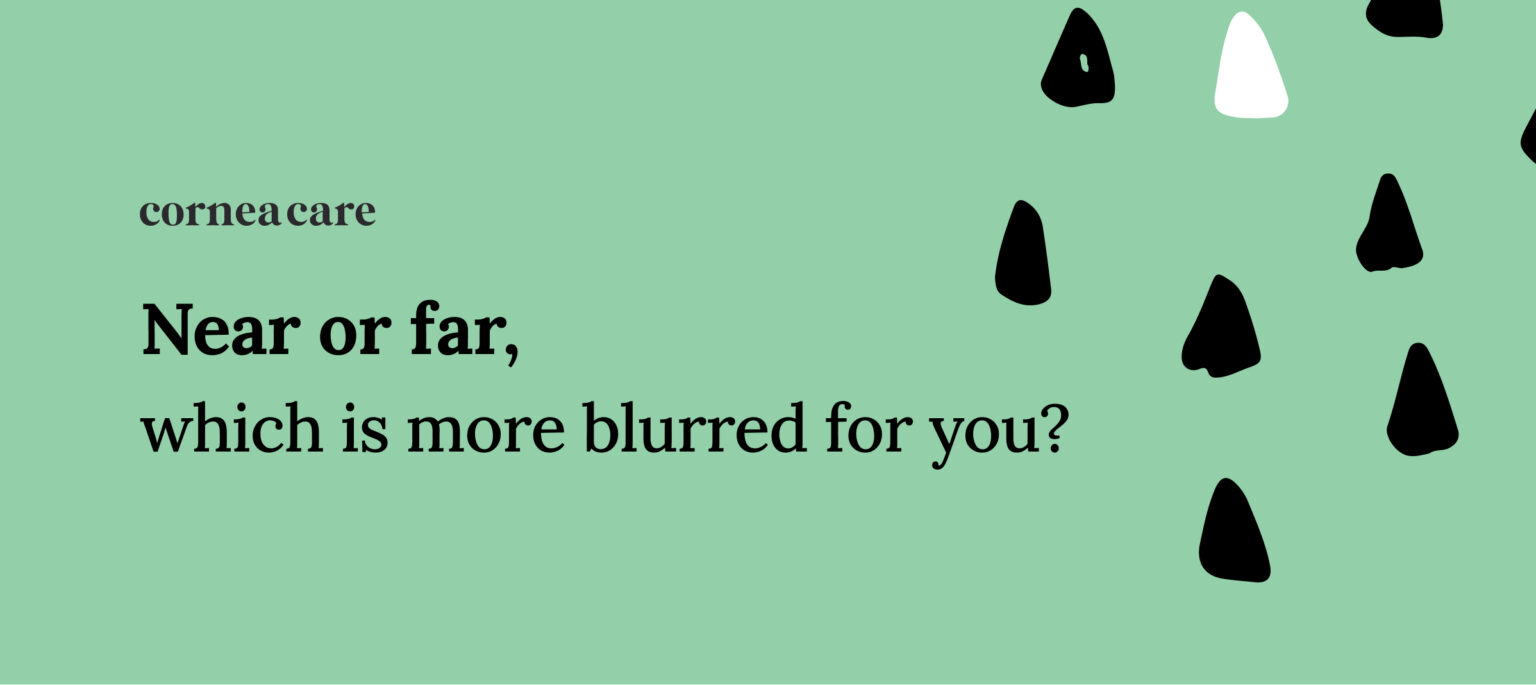Myopia vs. Hyperopia: Overview
Myopia and hyperopia (refractive errors) are two common visual conditions that lead to children and adults not seeing clearly. Most people know them by the names that categorize what someone can see without glasses or contact lenses – nearsightedness aka myopia (can see near but not far) or farsightedness aka hyperopia (can see far, but not near).
Many researchers believe both conditions are hereditary, though environmental and behavioral factors may contribute to the progression of the conditions.
Here we’ll cover what refractive errors are, the differences between myopia vs. hyperopia and how you can take steps to care for your vision and possibly stop the conditions from worsening.
Key Points
- Myopia and hyperopia are eye problems caused by refractive errors due to the shape of the eye.
- With myopia, nearby objects are clear but objects in the distance are blurry, and with hyperopia, it’s the opposite.
- Both are vision problems that occur in childhood and are easily treated with corrective lenses.
Keywords
Hyperopia, farsightedness, myopia, nearsightedness, presbyopia, refractive errors
What is the Difference Between Myopia and Hyperopia?
While myopia and hyperopia are both refractive errors,they are quite different and require different treatments.
The main difference between myopia and hyperopia is that with myopia, you can see things up close, but not far away and with hyperopia, you can see far distance, but not up close, like for reading.¹ With astigmatism, your vision is blurry at all distances.
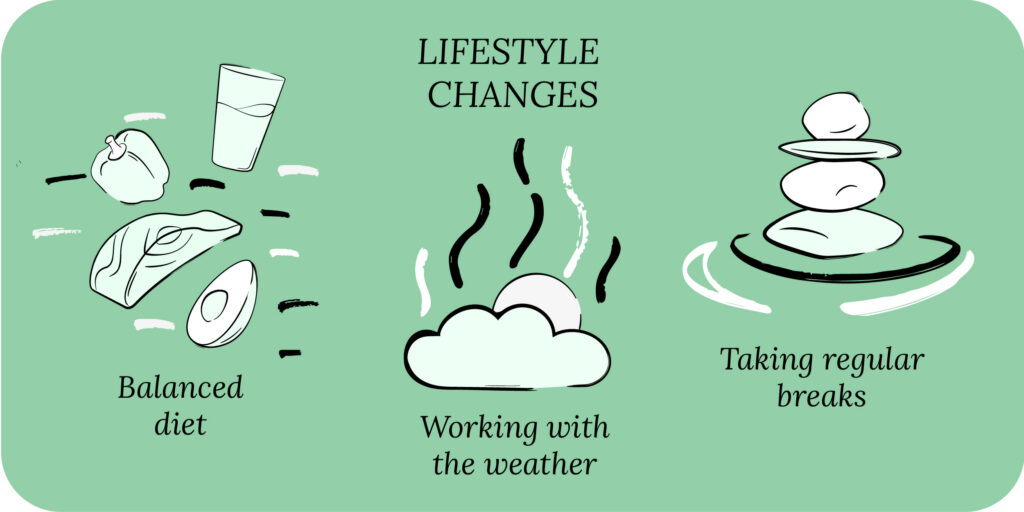
What are Refractive Errors?
It is estimated that over 150 million Americans have refractive errors.¹ Worldwide, about 43% of the population experiences visual impairment due to refractive errors.²
Refractive errors are visual conditions that cause difficulty seeing clearly, often resulting in blurry vision. The reason they occur is due to how the eye shape develops. With refractive errors, the eye shape impedes the light that should normally filter through (refract) to the retina and help you see.¹
Myopia, hyperopia, astigmatism and presbyopia are all examples of refractive errors. While myopia, hyperopia and astigmatism typically present earlier in life, patients may also develop them later in life. For example, cataract progression may lead to developing myopia (a myopic-shift). Developing a pterygium or worsening keratoconus may induce astigmatism. Presbyopia, which is similar to hyperopia in that it affects mostly near vision, occurs after the age or 45-50, and is the result of cataract progression.
The good news is that refractive errors are treatable with contact lenses, glasses or refractive surgery, like LASIK.
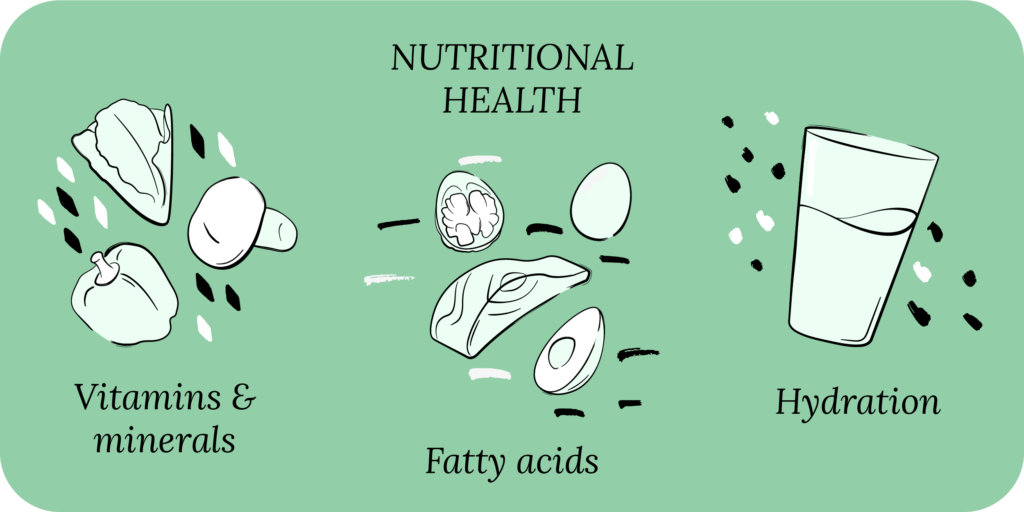
Myopia (Nearsightedness) Symptoms
With myopia, objects close up are clear, but objects like road signs, chalkboards, billboards, etc. that are further away are blurry.
Nearsightedness occurs when light focuses in front of the retina instead of on it due to the shape of the eye, such as, when the eyeball grows too long from front to back.³
The onset of myopia is between ages six and 14 and progresses until your early twenties. Some research suggests that children who spend more time outdoors are less likely to have myopia, but experts aren’t clear why.³
If your parents, siblings or grandparents are nearsighted, you are at higher risk of myopia.³
Myopia Treatment
Since myopia typically begins in childhood, most eye doctors prescribe eyeglasses first to correct sight.
Many people opt to use contact lenses later in childhood and into adulthood or get laser eye surgery, like LASIK, to change the shape of the cornea so that it can filter light correctly.³ Most recently, contact lenses have become available to slow the progression of myopia in children.
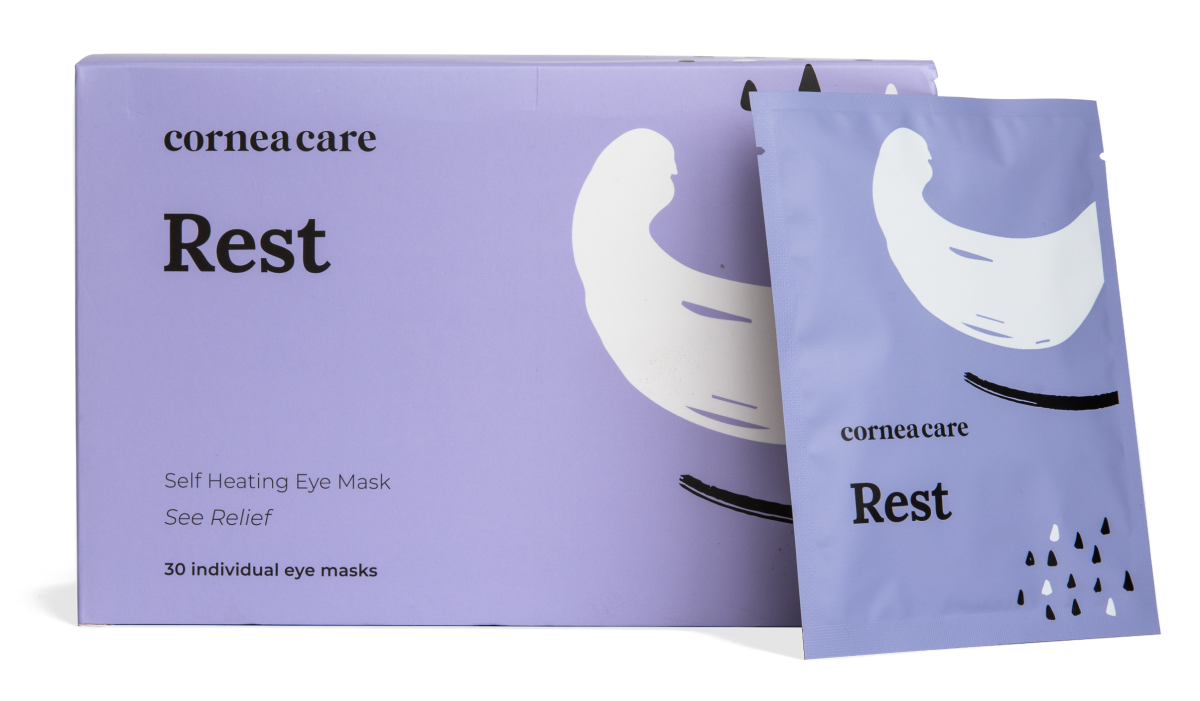
Rest
Warm Compresses
Perfect for eye dryness, fatigue, tearing, and puffiness of the eyelids. Free shipping 📦.
Try today - $30
Hyperopia (Farsightedness) Symptoms
Like myopia, hyperopia (farsightedness) is also hereditary. With hyperopia, you have good distance vision, but objects up close are blurry.
Hyperopia happens because the eye does not bend light properly and thus, the light ends up focusing behind the retina.⁴
Hyperopia is also a lifelong condition, often beginning at birth, though symptoms may not become apparent until later in childhood.⁵ Most childhood eye exams only check distant vision, often missing near vision eye problems.⁵
Some people confuse hyperopia with presbyopia, another refractive error that causes farsightedness. While hyperopia and presbyopia are both conditions that cause blurred vision when viewing objects up close, presbyopia is often age-related and progresses as you get older due to cataract progression.
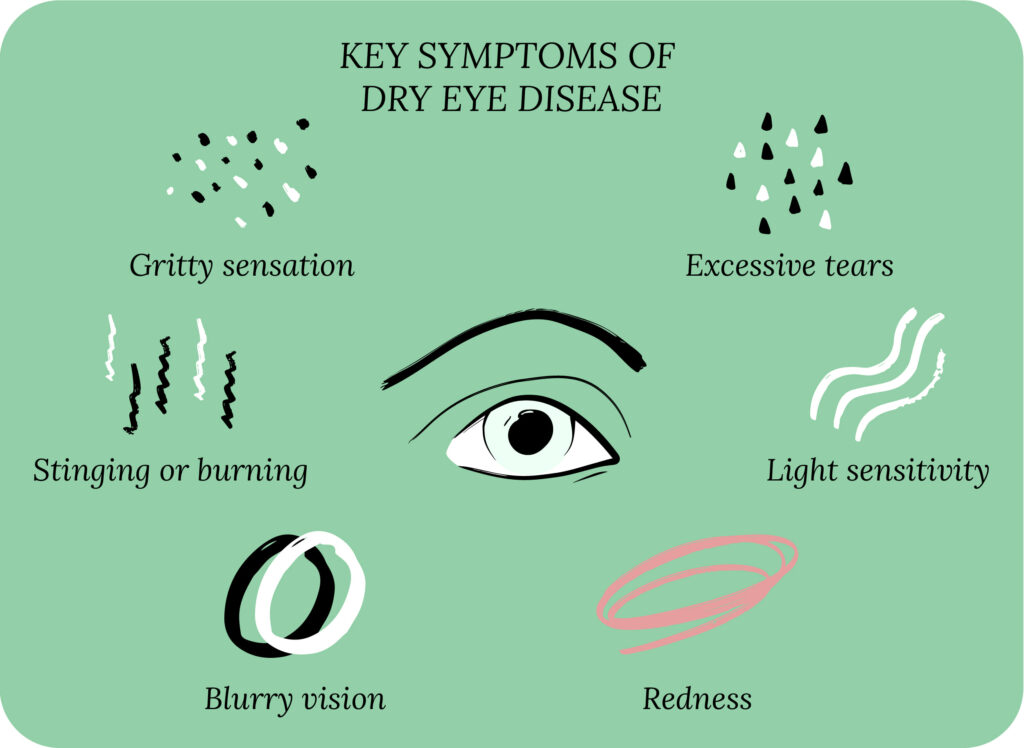
With hyperopia, children or adolescents may notice eye strain while using a computer, reading or generally having very tired eyes after a day of working. Some also experience frequent headaches (also due to eye strain). With undiagnosed hyperopia, eyes may ache or burn often or you feel irritable after sustained concentration that requires close reading or focus on objects.⁴
Hyperopia Treatment
Treatment options for hyperopia are similar to those for myopia. An eye doctor (optometrist or ophthalmologist) will prescribe corrective lenses like eyeglasses or contact lenses to correct the shape of the lens of the eye and allow light rays to pass through normally.⁴
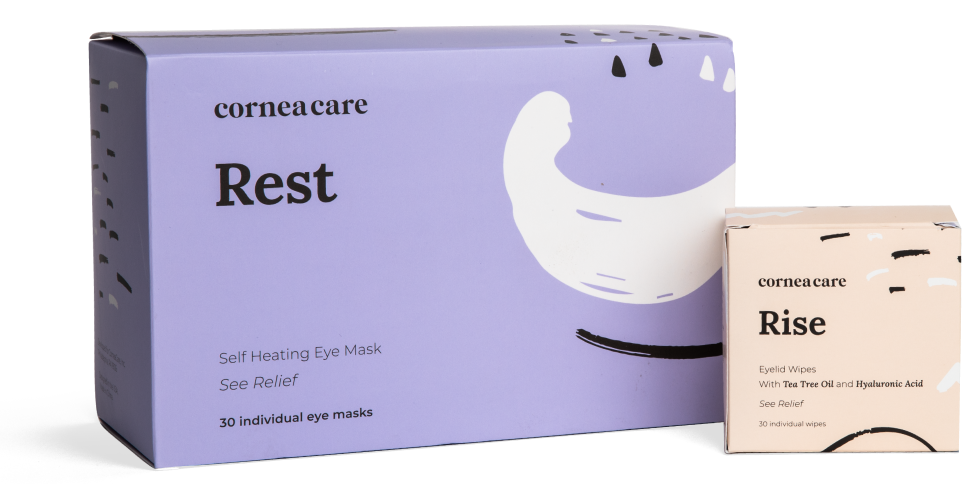
Foundation
Eyelid Hygiene Plan 2
Perfect for eye dryness, burning, itching, crusting/flaking of eyelashes and inflamed eyelids. Free shipping 📦.
Try today - $45
Putting It All Together
Access to eye care early in childhood is critically important to lifelong eye health. Vision conditions like refractive errors are easily treatable and can greatly impact the quality of life and educational advancement of children and adolescents.
Knowing the differences between myopia vs. hyperopia will allow you to advocate for your child (or yourself) when symptoms begin and a diagnosis is needed.
What’s Next
Learn to love your eyes! Read more eye health and wellness tips on our blog.


